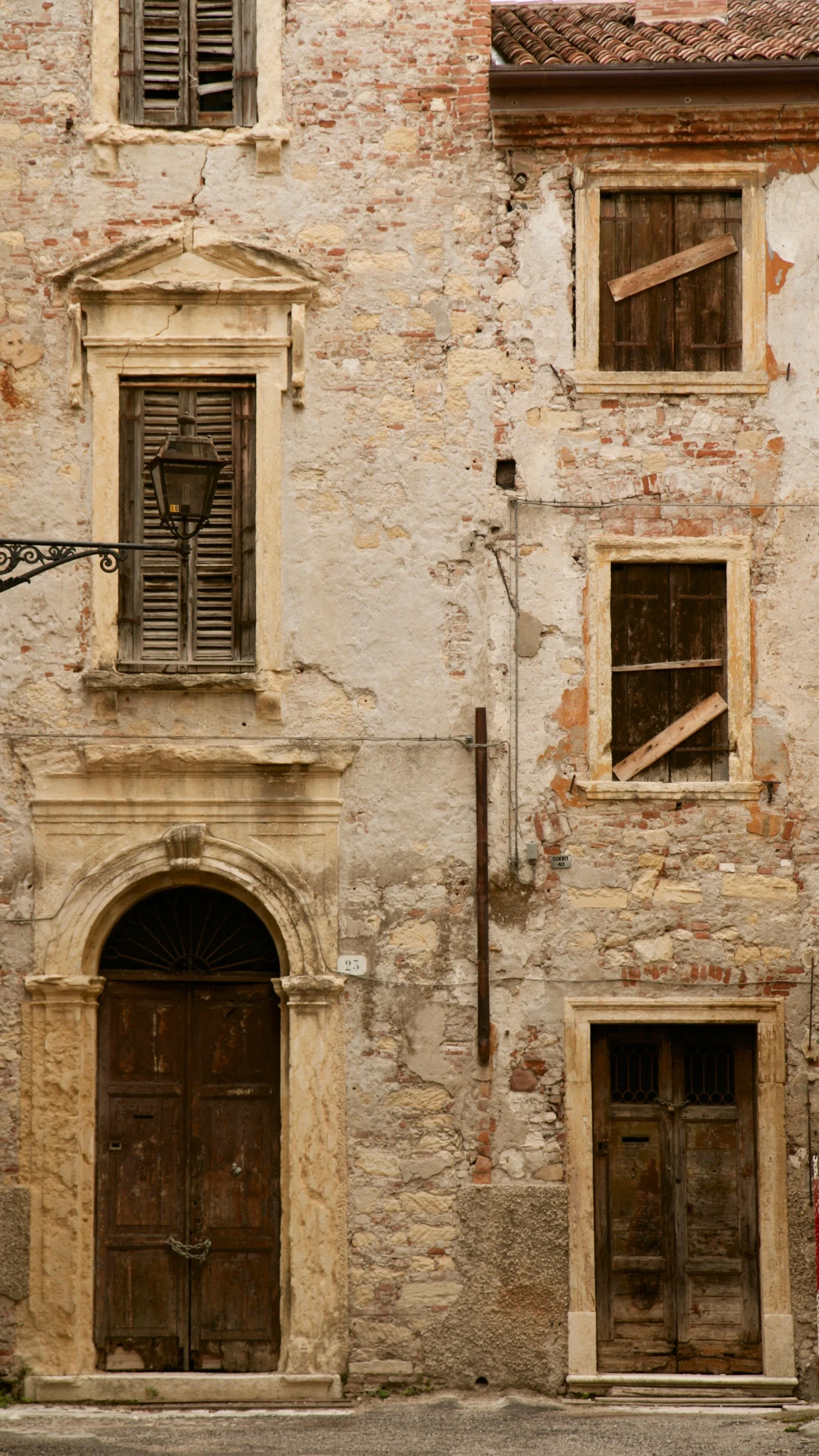Morocco 2017
Morocco was our first venture into the African continent. We were able to visit for just shy of two weeks in March 2017.
Morocco’s geographical location is unique, as it acts as a bridge between Europe and Africa. This creates unique cultural influences with its Arabian, Berber and European people, history and cultural practices. It also has a history of independence that is not shared by its neighboring countries. Since 789, the country has been ruled by independent dynasties. It was able to avoid Ottoman occupation and the current ruling dynasty came to power in 1666. There was a period of time when Morocco was divided into French and Spanish “protectorates” with Tangier as an international zone. In 1956, Morocco once again became fully independent. The French influence seems to be most evident. We saw it displayed in the architecture, language and numerous French Restaurants. In fact, when the Moroccan’s called out to us, they often used the French language to try and get our attention.
Morocco is a constitutional monarchy with an elected parliament. The King of Morocco has extensive powers, and can issue decrees which have the force of law. He can also dissolve the parliament and the court. The current King is Mohammed VI and, from what we observed, is highly respected and popular. He has made significant advances in democracy, women’s rights and press freedom. We had the opportunity to see him as he was driven down a major street in Casablanca after visiting the Mosque.
Morocco’s dominant religion is Sunni Islam (99%) and, as Muslim’s, they are expected to pray 5 times per day, with the first call to prayer at dawn. The call to prayer comes from a live broadcast through speakers on the minarets of the mosques which makes it a little difficult to sleep in.
Our experience while traveling was that Moroccans do not like being photographed. It’s a real shame as there are many beautiful and unique daily life settings that would be wonderful to capture, and these pictures would help us remember the wonderful cultural practices and experiences we had. When we asked why there is such a strong resistance to photos, one answer we received was; “When foreigners first visited Morocco, photographers took many photos of people and published them in public places such as magazines, TV, etc. Given the Muslim religion privacy for public personal display (of women in particular), they took strong offense to photo takings.” However, we were able to capture some great pictures of our experiences in Morocco.
The following photos include our time in Volubulis, Fes, Rabat, Meknes, Casablanca, Marrakesh, and the High Atlas Mountains (near Imlil):

Volubulis




Fes

Fes - Palace Entry


Fes - Jewish District


Fes Market



Fes

Madrasah al Attarin


Moroccan Mint Tea







Fes

Classroom


Moroccan leather slippers (Babouches)

Moulay Ismail - Henna artist


Meknes

Meknes - Bab al-Mansour


Rabat - Capital of Morocco

Rabat - Hassan Tower

Entry to the Mausoleum of Mohammed V

Rabat - Oudayas Kasbah


Marrakech



Marrakesh - Saadian Tombs


Marrakesh - El Badi Palace



Marrakesh Market




Rock the Kasbah!


Marrakesh - Majorelle Garden & Yves Saint Laurent's
former home



Berber Market on road to High Atlas Mountains







Our Hotel near Imlil - High Atlas Mountains




Mint tea with a village family






Relaxing before a roof top lunch




Casablanca - Mosque Hassan II



Baths at Mosque





